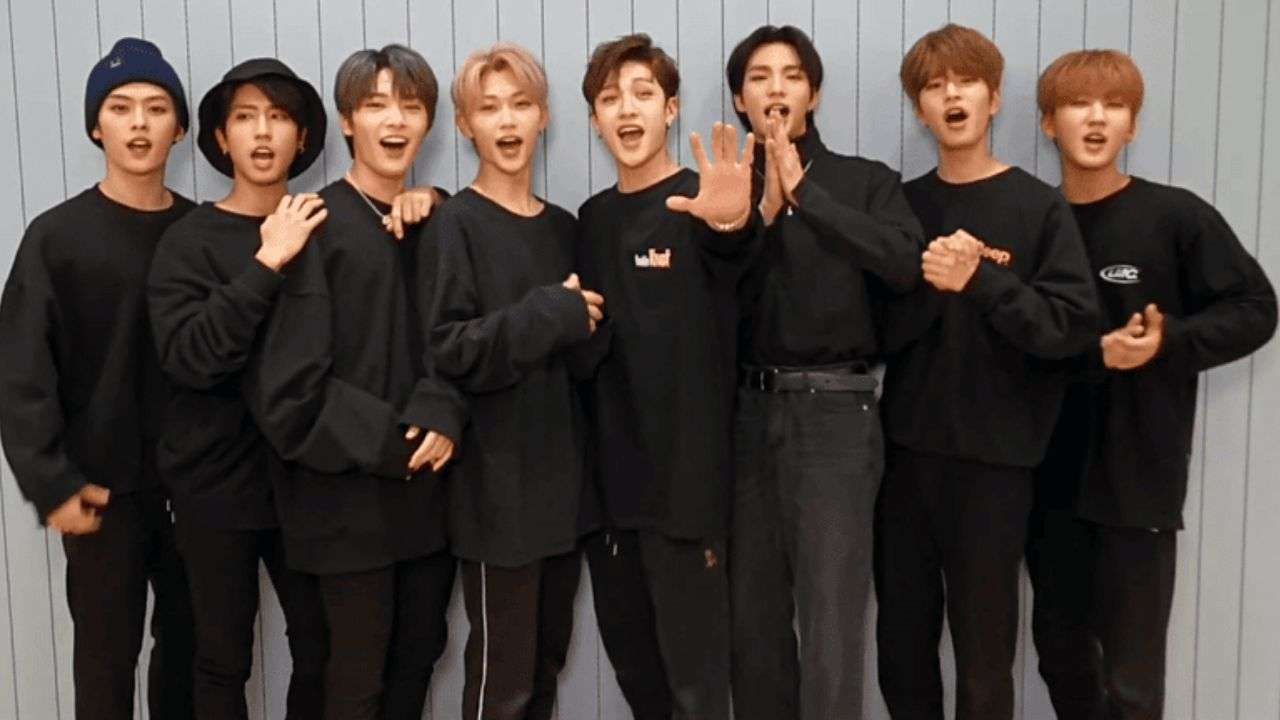Imagine purchasing a digital artwork online for a reasonable price and receiving a unique digital token known as an NFT, which demonstrates your ownership of the artwork. Isn't it wonderful??
The world of digital art and collectibles is currently being rocked by NFTs. Now that Bitcoin is widely regarded as the digital currency of choice, NFTs are being promoted as the digital currency of choice for collectors. Because of the massive sales to a new crypto-audience, the lives of digital artists are changing.
A Peep Inside NFT Technology
NFTs, or Non-Fungible Tokens, operate on the innovative foundation of blockchain technology. At their core, NFTs utilize smart contracts, self-executing agreements with predefined rules, to establish ownership, authenticity, and transferability of unique digital assets.
When an NFT is created, a smart contract is deployed on a blockchain, often Ethereum. This contract contains essential information, such as the asset's metadata, ownership details, and any programmable features, like royalties for creators. The decentralized nature of blockchain ensures transparency and security.
The uniqueness of each NFT is made possible by cryptographic hashes and consensus mechanisms. Cryptographic hashes create distinct digital fingerprints, making each token one-of-a-kind. Consensus mechanisms, like proof-of-work or proof-of-stake, secure the network and validate transactions, ensuring the integrity of the NFT ecosystem.
NFTs have revolutionized ownership in the digital realm, providing a transparent and tamper-proof ledger of ownership history. Smart contracts not only establish ownership but also enable automatic royalty payments to creators upon resale. This ingenious fusion of blockchain, smart contracts, and cryptographic principles forms the intricate workings inside the NFT technology, reshaping the landscape of digital ownership and creativity.
Features of NFT
NFT represents an internet collectible such as art, music, or video games, which is backed by the blockchain technology that powers cryptocurrency.
It can't be faked or manipulated in any way.
NFT exchanges take place on specialized websites, such as Bitcoin.com.
NFT is exemplified beautifully by the Cryptopunks. It gives you the ability to buy, sell, and store proof of ownership for 10,000 different collectibles.
What is NFT's Mechanism?
In light of your newfound understanding of NFT, you should also investigate and learn how NFT functions.
The Ethereum blockchain, a decentralized public ledger for recording transactions, is where the majority of NFTs are stored.
Non-fiat currency tokens (NFTs) contain valuable data.
They can be bought and sold like any other physical form of art because their value is primarily determined by the market, as well as supply and demand.
Since each NFT has its own set of unique data, verifying and validating ownership and token transfers is a breeze.
Non-Ferrous Metals
Examples of NFTs
Assembling a Digital Artifact
Domains
Games
Essays
Sneakers are a fashion staple.
What Purposes Do NFTs Serve?
Non-Fungible Tokens (NFTs) are revolutionary digital certificates of ownership and authenticity that have carved out a unique niche in the digital realm. Unlike traditional cryptocurrencies, NFTs represent distinct and irreplaceable assets, ranging from digital art and music to virtual real estate and in-game items.
NFTs are characterized by their uniqueness, as each token has its own cryptographic identity and verifiable ownership history stored on a blockchain. This serves a dual purpose: first, it ensures the genuine ownership and provenance of digital or physical assets in an increasingly digitized world. Second, NFTs empower creators by allowing them to embed programmable features within smart contracts, such as receiving royalties with each resale, transforming the concept of ownership into a dynamic and continuous source of income.
In essence, NFTs not only redefine ownership but also unlock new possibilities for artists, musicians, and creators to monetize their work, fostering a decentralized and vibrant ecosystem where creativity meets innovation.
Also Read: Non-Fungible Tokens (NFT) Technology
Digital Content - NFTs are currently the most commonly used technology in digital content. NFTs benefit content creators because they create a "creator economy" in which content creators hand over ownership of their content to the platforms they use to promote it.
The world of digital art and collectibles has been rocked by the rise of NFTs. These unique digital tokens are the digital currency of choice for collectors. NFTs redefine ownership and unlock new possibilities for artists, musicians, and creators to monetize their work. So, if you want to be a part of this revolutionary digital realm, you must embrace NFTs and DeFi (Decentralized Finance), which use the same infrastructure for investment and collateral. You can borrow money with the help of DeFi applications. Together, the NFT and the DeFi are investigating the possibility of using NFTs as a form of collateral.
NFT 6
NFTs give your domain a more memorable and easier-to-remember name. When this is used, the IP address is made more memorable and valuable, similar to how a website's domain name works.
Factors Fueling Surge in NFT Popularity
There has been a resurgence in the use of NFTs since 2015, thanks to several factors. First and foremost, the mainstreaming and excitement surrounding cryptocurrencies and their underlying blockchain frameworks is undeniable. The combination of fandom, royalty economics, and the laws of scarcity go far beyond the capabilities of the technology itself. Everyone wants a piece of the action when it comes to owning unique digital content, which can be held as an investment.
It is possible for the content to be spread over the internet if a user purchases a non-fungible token. To gain a following, an NFT can be seen more frequently online, which increases its value. When an asset is sold, the platform keeps a small percentage of the profit and the current owner keeps the rest. The original creator receives 10% of the sale price. As a result, there is the potential for long-term revenue generation from popular digital assets.
Gaming Field: With NFTs, authenticity is the name of the game. As a result of the blockchain, digital collectibles are distinct from other NFTs and can be easily verified. There is no point in creating and distributing fake collectibles because each item can be traced back to its original creator or issuer. There's no way to exchange them like you can with cryptocurrencies because they're not all identical (unlike baseball cards in the real world).
What Makes NFTs Unique Among Cryptocurrencies?
Despite the fact that NFTs are created using the same programming language as other cryptocurrencies, this is where the similarity ends.
NFTs and Ethereum
NFT 8.
There are several reasons why NFTs can work on the Ethereum blockchain
Using peer-to-peer trading platforms to trade NFTs can result in significant losses.
The "backend" of all Ethereum products is the same, allowing NFTs to be purchased and sold on any of these products with ease.
Ownership cannot be faked after a transaction has been completed and confirmed.
Your tokens will be available for sale at all times because Ethereum never goes down.
Are NFTs For Sale?
You may want to purchase NFTs now that you understand what they are used for and how they differ from other cryptocurrencies. If so, you'll need to stock up on a few essentials first;
NFTs and other cryptocurrencies must be stored in a digital wallet.
After that, you'll need to buy some cryptocurrency, most likely Ether, depending on the currencies accepted by your NFT provider.
A wide variety of platforms are available for you to buy cryptocurrencies.
To do so, you'll first need to transfer it from the exchange to your preferred wallet.
You should keep in mind that when you buy cryptocurrency, most exchanges will charge you a fee that is at least a percentage of your total transaction.
NFT's Future: What's in Store?
NFT offers aspiring artists on social media enhanced media exposure as well as exclusive benefits. This week, the CEO and co-founder of Twitter, Jack Dorsey, purchased 69.3 million dollars worth of NFT art on Beeple with his first and most famous tweet, "just setting up my twttr."
As the demand for NFTs grows, people are willing to pay up to several hundred thousand dollars for them.
Many experts in the crypto industry, including David Gerard, author of Attack of the 50-foot Blockchain, believe that around 40% of new crypto users will begin their journey with NFTs. NFT could become a more significant part of the digital economy in the future as a result of its growing popularity.





